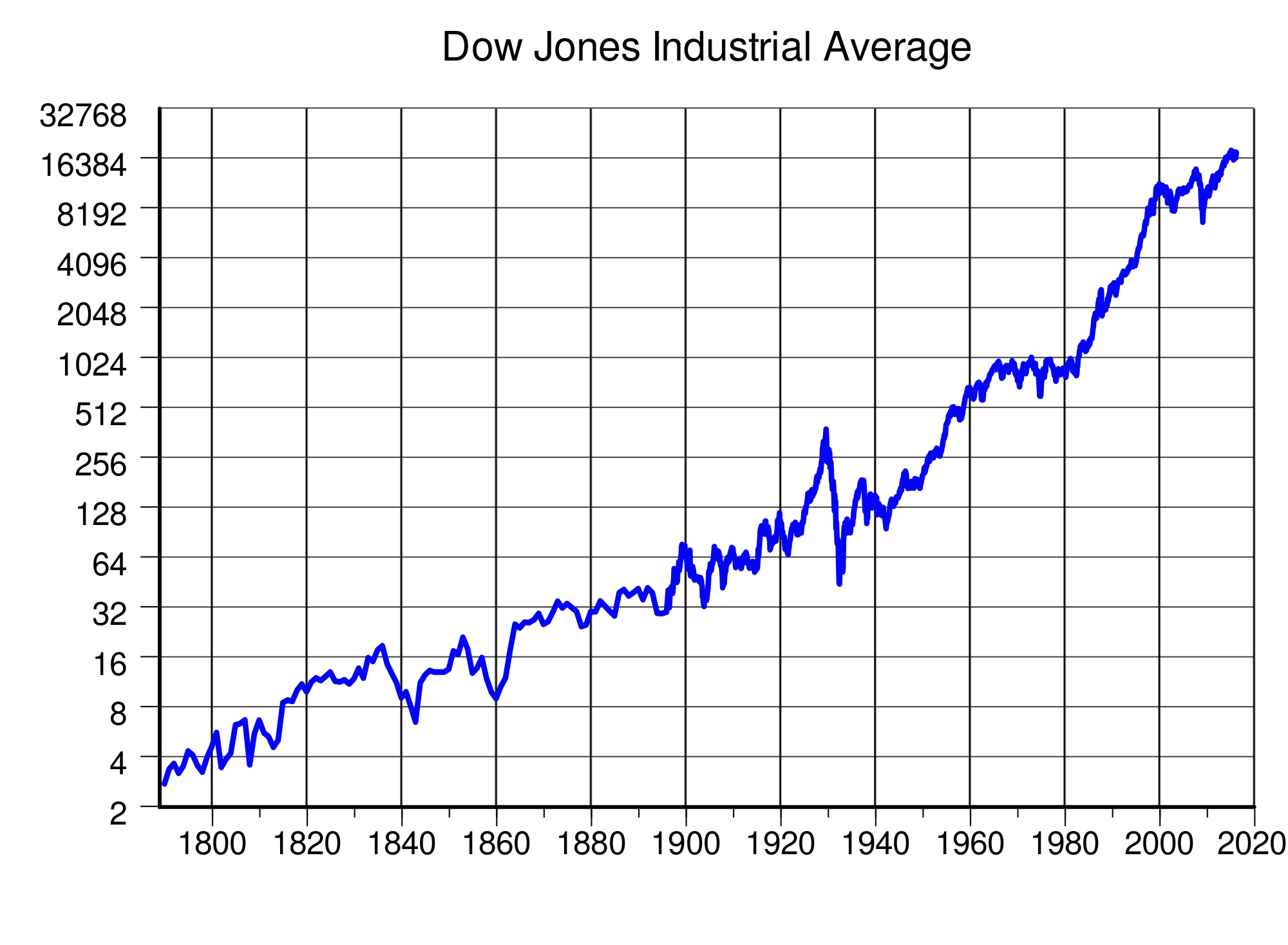Contents
While on the other hand, this is not applicable to a small business. For a small business, the challenges of maintaining liquid assets are tremendous. It deals with other small businesses that may or may not have a strong financial uphold on their cash flow.

It tells us about the cost of funds with respect to deposits. This basically implies the conservatism with which the bank is performing its operations and its strength to absorb any sudden and also deemed hit on the financials. This ratio helps understand the amount of losses the bank can absorb before becoming insolvent. So for the banking sector, this ratio will be high, and therefore the most prudent manner to analyze the bank on this parameter will be to compare it with its peers. The financial business is a leveraged business and hence this will be high. Our services are non-advised however, we may facilitate providing you with required advice through eligible third-party providers.
Quick Ratio = (Current Assets-Current Inventory)/Current LiabilitiesEmbed
ClearTax offers taxation & financial solutions to individuals, businesses, organizations & chartered accountants in India. ClearTax serves 1.5+ Million happy customers, 20000+ CAs & tax experts & 10000+ businesses across India. Also, a current ratio that is acceptable for one industry may not be justifiable for the other.

To calculate the quick ratio, divide a company’s current cash and equivalents (e.g., marketable securities) and accounts receivable are divided by the company’s current liabilities. For instance, an MNC with high creditworthiness and maturity in the industry will be able to survive any financial turbulence. Owing to its relationship with creditors, lenders, and debtors, this company will be in a better position to negotiate payment terms and forecast its market.
It is a measure of the value investors are receiving from the company’s stock by indicating how much they are paying for shares per dollar of the company’s overall sales. These liquidity ratios are notably more critical with small-cap and penny stocks. Newer and smaller companies often have difficulties covering their expenses before they stabilize.
However, no guarantees are made regarding correctness of data. Please verify with scheme information document before making any investment. Inventories are the value of goods and materials held by the company with the intention of selling them to customers. Update your mobile number & email Id with your stock broker/depository participant and receive OTP directly from depository on your email id and/or mobile number to create pledge. Stock Brokers can accept securities as margin from clients only by way of pledge in the depository system w.e.f. September 1, 2020.
How do Customers & Type of business Impact a Company’s Quick Ratio?
This finer aspect of the company’s liquidity position becomes clear only when one looks at the quick ratio. Lower than 1 indicates that your company doesn’t have enough assets to cover current liabilities in a short time. It may be necessary to sell a capital asset to pay these liabilities. A quick ratio of 1 to 2 means you have sufficient current assets to pay your current obligations.

There is a liquidity ratio that measures how sufficient is a company’s short-term assets. Quick assets are those current assets which can be converted to cash quickly. Quick assets include the accounts receivable, cash and cash equivalents, and marketable securities. Quick assets do not include inventory and prepaid expenses as these cannot be converted as quickly as the other mentioned previously. Quick ratio and current ratio may sound familiar but they are different. Quick ratio and current ratio have only one thing in common; they are used to compare assets compared to the current liabilities of a company.
Quick Ratio vs Current Ratio
In simpler terms, we can say that liquidity ratio is a company’s capability to turn current assets into cash quickly so that it can pay debts in a timely manner. The liquidity ratio is used to determine the credibility of a company. In this article, we will learn more about the liquidity ratio and how it’s calculated. Liquidity ratios such as the current ratio and the quick ratio help you determine whether a company is capable of meeting its debt obligations when it becomes due. A company with a strong liquidity ratio is always favoured by investors, since they showcase the financial strength of the entity.
- Such debts or obligations are discharged by liquid assets held by the company.
- Cash Ratio of more than 1 means the company can manage its ultra-short term and short term liabilities.
- The thing is, while assets and liabilities are numbers on a sheet, they, in essence represent actions of people.
It measures the ability of a business or an individual to meet short-term expenses and current liabilities. The quick ratio does not consider the inventory as it is difficult to convert it into cash and sell. Another shortcoming of the quick ratio is that it ignores other aspects of a company’s liquidity, such as payment terms, negotiation strength, and current credit terms. As a result, the quick ratio does not give the full picture of liquidity. To ensure an end-to-end exposure to a company’s liquidity status, analysts prefer combining quick ratio along with current ratio and cash ratio. Moreover, analysts compare these ratios to industry standards.
Credit to Deposit Ratio:
The first method is by adding Cash & equivalents, Marketable securities, Accounts receivable, and diving them by current liabilities. It’s important to understand the concept behind the ratio as lenders and investors may also use it. This concept will reflect your financial understanding if you are aware of it. Investments and their strategies have inherent risks, leading to financial loss and asset depreciation. This article contains informational and referential knowledge.
Debt to Equity Ratio:
With respect to the current ratio vs quick ratio debate, listed below are some of the key differences that you should know. Preferably, the quick ratio of a company should also be more than 1. A ratio less than 1 effectively means that the company is not capable of meeting its liabilities if they all fall due at the same time.
Understanding the ways to apply financial ratios to determine the success of an organization is an important element of finance management. Although these two ratios may appear quite similar meaning of quick ratio to each other at first glance, the difference between current ratio and quick ratio is quite clear and abundant. Current ratio helps investors understand the ‘default risk’ of a company.
Liquidity and Solvency play an imperative role in the smooth survival of the banking sector. Comments written here will be public after appropriate moderation. Please note that by submitting the above mentioned details, you are authorizing us to Call/SMS you even though you may be registered under DND. Please note that by submitting the above-mentioned details, you are authorizing us to Call/SMS you even though you may be registered under DND. All efforts have been made to ensure the information provided here is accurate.
Typically, a current ratio less than 2 indicates that a company does not have sufficient assets to meet its short-term obligations. In other words, a company is growing its sales faster than it can finance them. It is because the company is attempting to adjust more customers willing to purchase its goods relative https://1investing.in/ to its capacity to fund them. Otherwise, the company will run of out of cash to meet its current debt obligations. The current assets for this company are not all quick assets. Inventory and prepaid expenses are not a part of quick assets and so we need to calculate the total quick assets without them.